Musée agricole de Chine, Pékin - Billets, heures d'ouverture, points forts et conseils
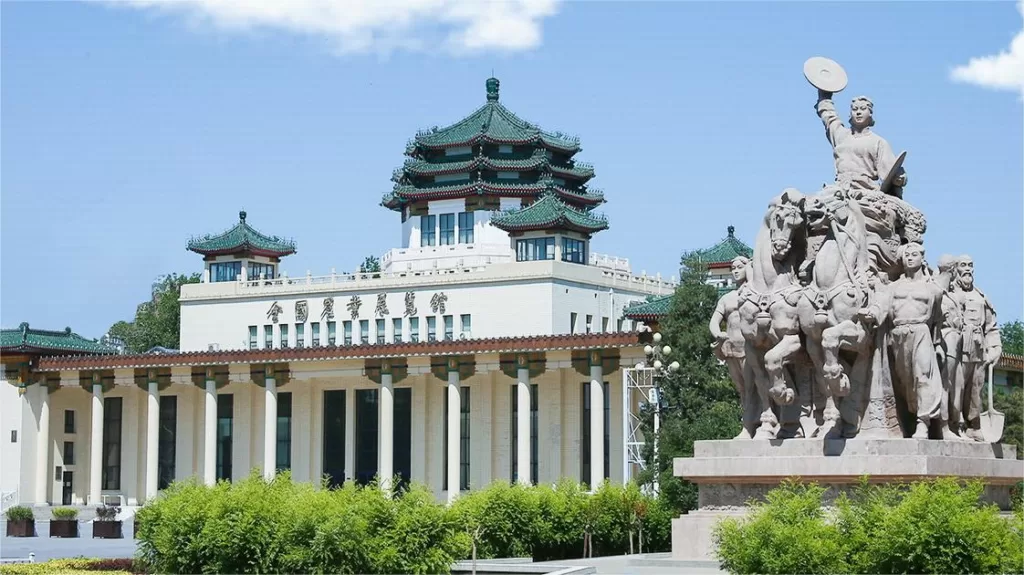
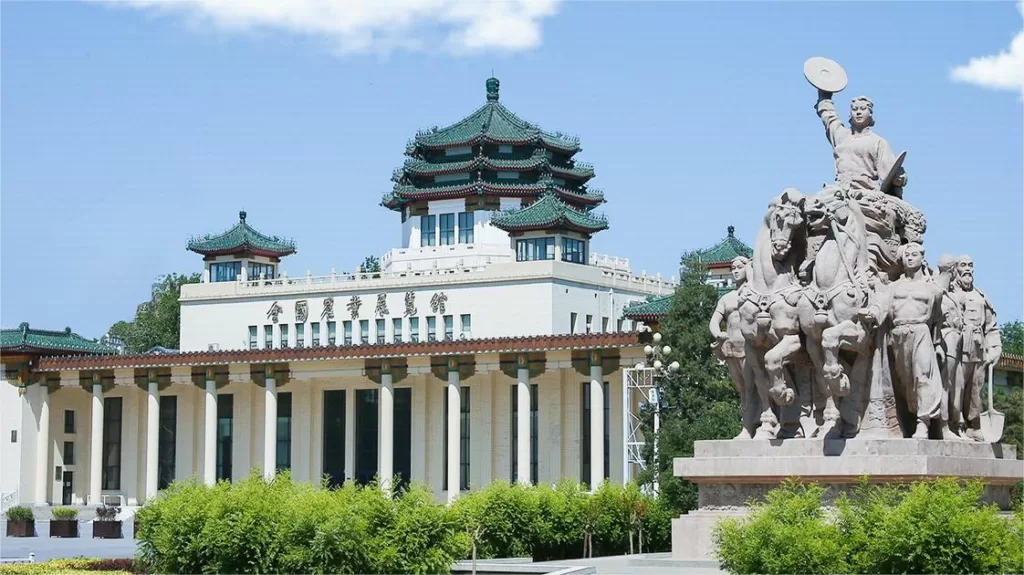
The China Agricultural Museum (全国农业展览馆), located in Beijing, is a prestigious institution dedicated to showcasing the rich agricultural heritage and advancements of China. Established in 1959, the museum provides a comprehensive understanding of the country’s agricultural development over thousands of years.
Spanning an area of over 439,000 square meters, the China Agricultural Museum houses a vast collection of artifacts, exhibits, and interactive displays that highlight the evolution of farming techniques, crop cultivation, livestock breeding, and agricultural innovations. Visitors can explore the museum’s numerous halls and galleries, each dedicated to a specific aspect of agriculture.
The museum showcases ancient farming tools, traditional farming practices, and displays depicting various regional agricultural systems throughout China’s history. It also emphasizes the significant contributions of farmers in supporting the nation’s food security and economic development.
Moreover, the China Agricultural Museum plays a crucial role in promoting agricultural education and research. It regularly organizes workshops, seminars, and lectures on topics such as sustainable agriculture, modern farming methods, and agricultural policies. The museum’s researchers and experts actively contribute to agricultural studies, sharing knowledge and insights with professionals and the public alike.
With its comprehensive collection and educational programs, the China Agricultural Museum serves as a valuable resource for students, researchers, and anyone interested in the vital role of agriculture in China’s past, present, and future. It is an important institution that celebrates the country’s agricultural heritage while fostering innovation and sustainable practices for the future.
Table des matières
- Informations de base
- Localisation et transport
- Les points forts du musée
- Conseils pour les visites
- Autres musées à Pékin
Informations de base
| Site web | http://www.ciae.com.cn/ |
| Durée estimée de la visite | Around 3 hours |
| Prix du billet | Gratuit |
| Heures d'ouverture | 9.00 -16.30; Last admission: 16.00 Fermé le lundi |
| Numéro de téléphone | 0086-010-59199766 |
Localisation et transport
The China Agricultural Museum is located in Beijing, the capital city of China, near the Chaoyang Park. Its precise address is No. 16, North Road, Northeast Third Ring, Chaoyang District, Beijing, China. It benefits from excellent connectivity and transportation options, making it easily accessible for both local residents and visitors. To get there, you can choose the following way:
Bus : Take bus 4, 95, 135, 302, 405, 687, or 690 and get off at China Agricultural Museum Stop (农业展览馆站).
Métro : The nearest subway station to the museum is China Agricultural Museum (农业展览馆). After getting out of the station from Exit D1, you will be standing right in front of the building.
Les points forts du musée
Exhibits on Ancient Agriculture

The China Agricultural Museum presents captivating exhibits that delve into the realm of ancient agriculture. These displays offer a glimpse into the rich history of farming in China, showcasing ancient farming tools, agricultural practices, and artifacts. Visitors can explore the evolution of agriculture, witnessing the ingenuity of early farmers and their methods. From ancient plows and irrigation techniques to exhibits on crop cultivation and animal husbandry, these displays provide an insightful and immersive experience. The exhibits on ancient agriculture at the China Agricultural Museum offer a window into the past, celebrating the foundational role of farming in Chinese civilization.
Regional Agricultural Systems
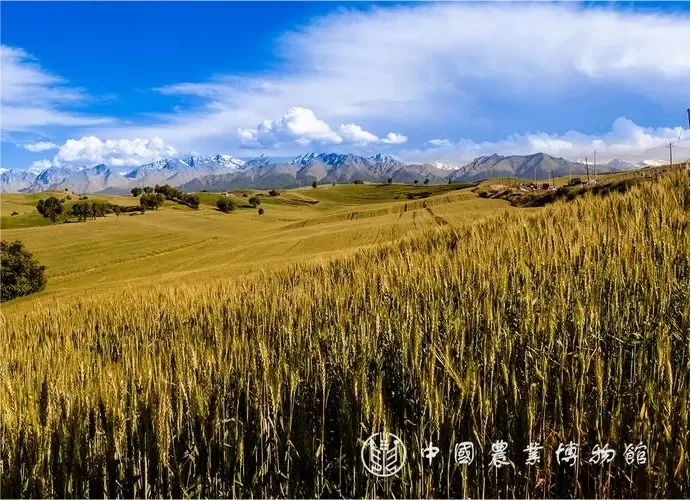
The China Agricultural Museum features captivating exhibits dedicated to the Regional Agricultural Systems of China. These displays showcase the diverse agricultural practices and techniques employed in different regions of the country. Visitors can explore the unique farming methods, crops, and livestock breeds that are specific to each region. From the terraced fields of the mountainous regions to the rice paddies of the south, these exhibits highlight the ingenuity and adaptability of farmers across China. By showcasing the regional diversity of agricultural systems, the museum celebrates the rich cultural heritage and agricultural traditions that have shaped China’s agricultural landscape.
Livestock and Poultry Pavilion
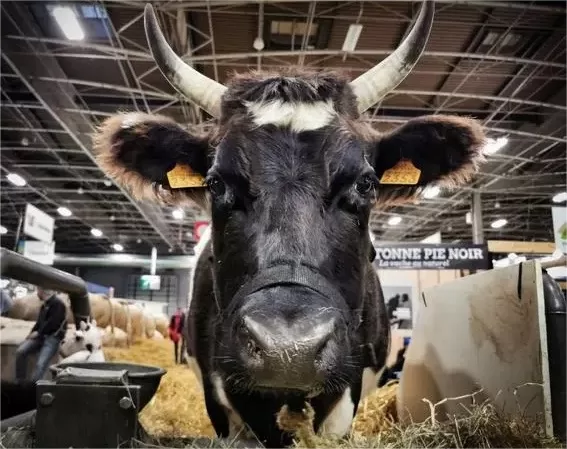
The China Agricultural Museum houses a fascinating Livestock and Poultry Pavilion that offers visitors a comprehensive exploration of livestock and poultry farming in China. This pavilion showcases a diverse range of livestock and poultry breeds, highlighting their significance in agriculture and the economy. Visitors can learn about breeding techniques, animal husbandry practices, and the role of livestock and poultry in food production. The exhibits feature interactive displays, informative panels, and even opportunities for hands-on experiences.
Agricultural Innovations

The agricultural innovation exhibit showcases the cutting-edge technologies, techniques, and innovations that have revolutionized modern agriculture in China. Visitors can explore displays featuring precision farming, hydroponics, agricultural machinery, and other advanced farming methods. The exhibit highlights the role of innovation in increasing agricultural productivity, improving sustainability, and addressing food security challenges. Through interactive displays and informative exhibits, the Agricultural Innovations section at the China Agricultural Museum offers a glimpse into the forefront of agricultural advancements and their impact on shaping the future of farming in China.
Programmes éducatifs
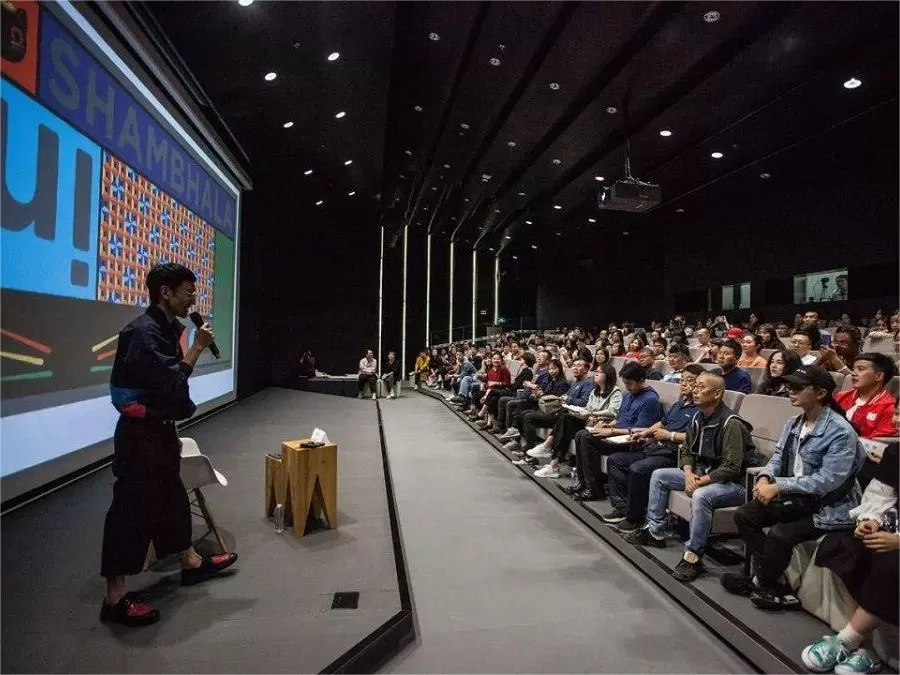
The China Agricultural Museum offers a range of engaging educational programs that enrich visitors’ understanding of agriculture. Through workshops, seminars, and lectures, the museum provides a platform for learning about diverse agricultural topics. These programs cover subjects like sustainable farming practices, modern agricultural techniques, and agricultural policies. The museum’s experts and researchers actively contribute to agricultural studies, sharing their knowledge and insights with professionals and the public. These educational programs serve as valuable resources for students, researchers, and anyone interested in deepening their understanding of agriculture’s role in China’s past, present, and future.
Conseils pour les visites
Research in Advance: Prior to your visit, take some time to research the museum’s exhibits, highlights, and any temporary exhibitions. This will help you plan your visit accordingly and focus on areas that interest you the most.
Language Considerations: While the museum may have some information in English, it’s advisable to carry a translation app or a guidebook with you. This will help you understand exhibits, signs, and any accompanying descriptions.
Expositions interactives : Take advantage of the interactive exhibits and hands-on activities. They provide a unique opportunity to engage with the subject matter and have a more immersive experience.
Autres musées à Pékin
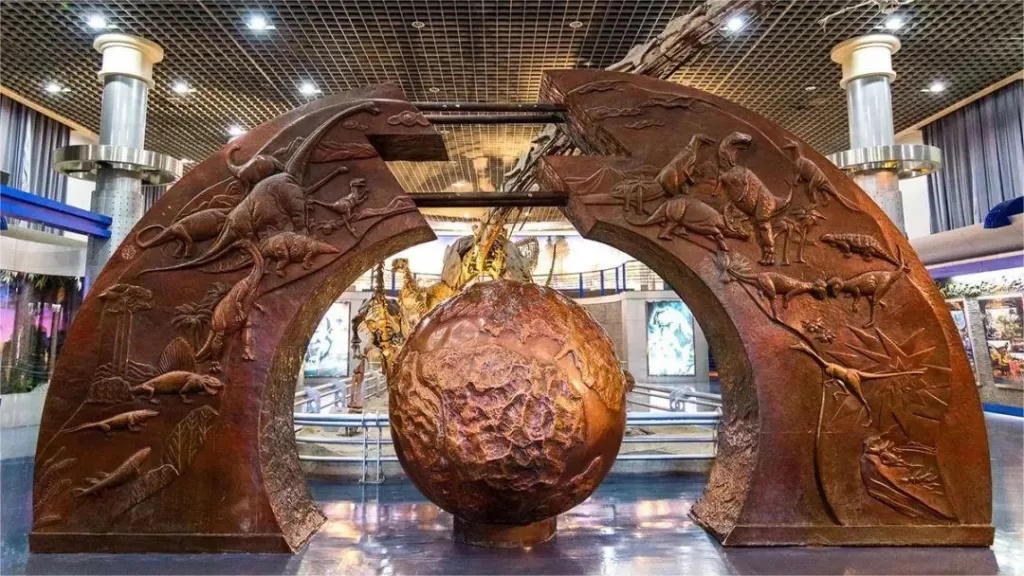
Musée d'histoire naturelle de Pékin

Musée de l'automobile de Pékin
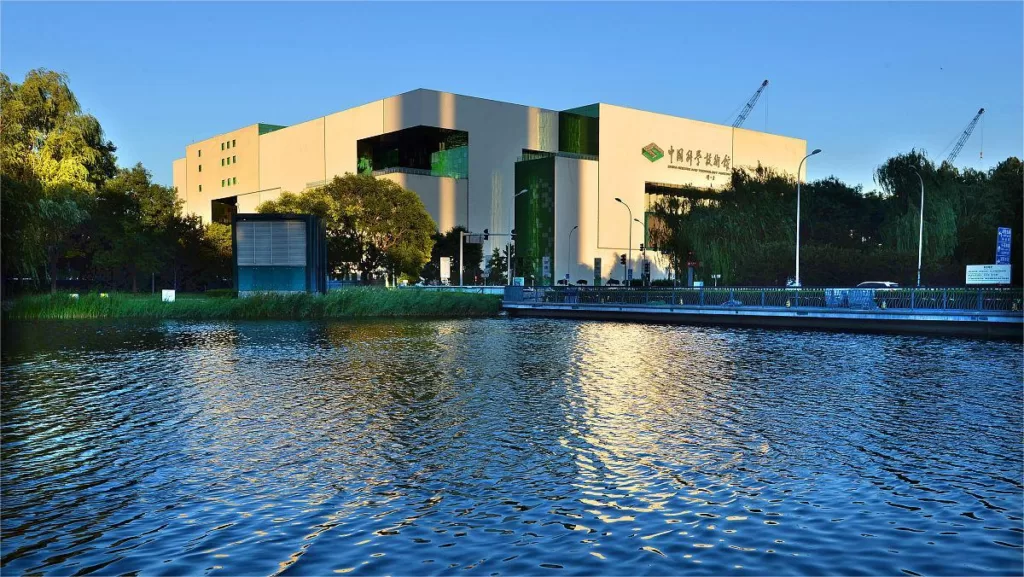
China Science and Technology Museum
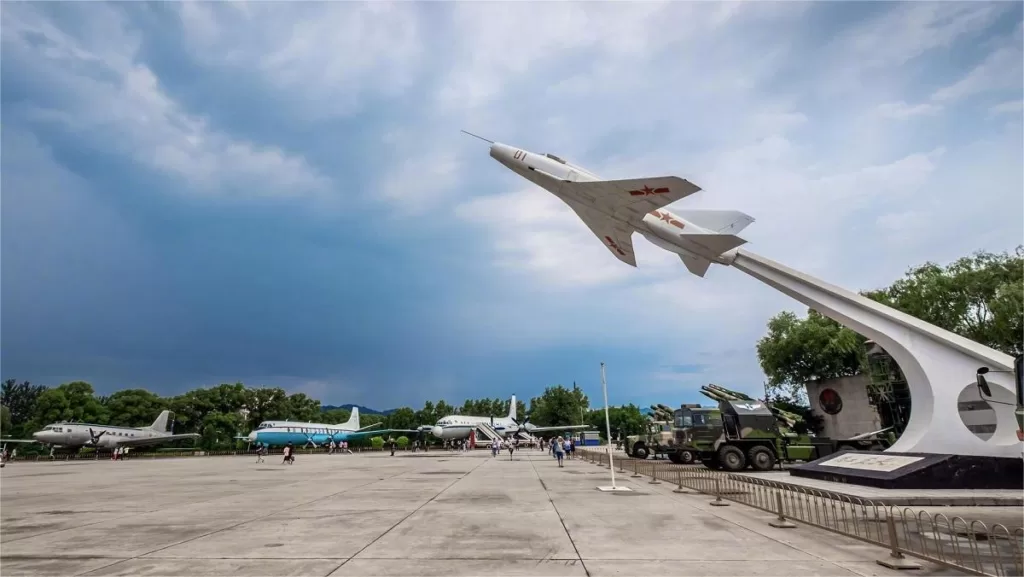
Musée de l'aviation de Chine
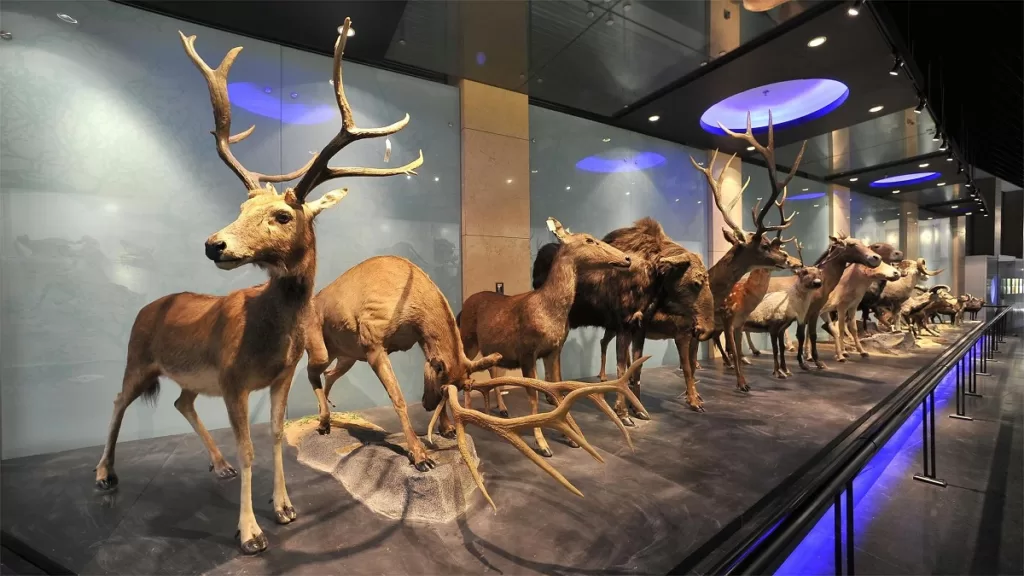
Musée zoologique national de Chine

Musée de la capitale, Pékin